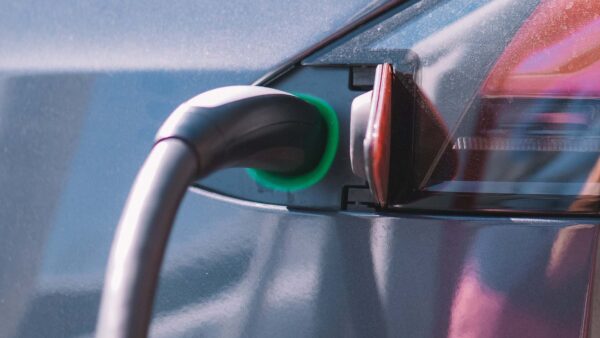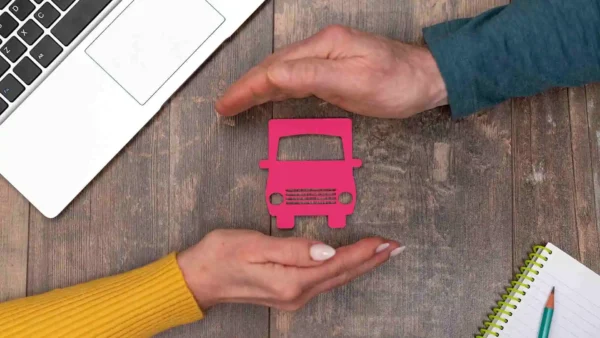So you’re looking for a reasonable rate on your auto insurance, except your spouse has two speeding tickets and a DUI on his record.
Chances are, no insurance company will want to insure you, and you will be left to buy high-risk auto insurance at a rate of $10,000 a year or more. It doesn’t matter that you say he won’t be driving the car.
If you find yourself in this predicament, you and your spouse can both sign what is called an Excluded Driver Form, which excludes them from coverage under your policy, and should allow you to get a lower premium for you and other drivers in the house. That’s simple, right?
Well, it’s only simple if you truly understand what excluding a driver means. In the document, which is a standard government form in plain language, you promise not to let the excluded driver drive any vehicle under your policy, and the excluded driver promises not to drive any vehicle under your policy. You also both acknowledge that if he does drive any vehicle under your policy, he is driving uninsured.
What does driving while excluded mean for the driver?
If, after signing an excluded driver form, the excluded driver drives any one of your vehicles, he is subject to rather dramatic consequences. For starters, if he’s pulled over for any reason, he could be charged with driving without insurance, which is a criminal offence in Ontario. That will add to his bad driving record, and high premiums, well into the future.
If an excluded driver gets in an accident, then it gets much worse:
- Whether or not he’s at fault, he won’t get most of the medical and rehabilitation benefits (Accident Benefits) that other injured Ontarians rely on. No income replacement if he needs to miss work due to an injury. No reimbursement for physiotherapy, chiropractic etc.
- If he’s not at fault, he cannot sue that at-fault driver for loss of income, pain and suffering etc.
- If he is at fault, he can get sued by victims for hundreds of thousands, even millions, of dollars, and there is no insurance to pay the bill. He could be facing a lifetime of debt, or worse, bankruptcy.
- It may seem trivial, but it will be even more expensive to get insurance after all that, to the tune of thousands a month.
What does driving while excluded mean for the policyholder?
As the policyholder, signing an excluded driver form is super-risky, because ultimately, it’s very difficult to guarantee that someone living in your house won’t use your car. Even if they do it against your wishes, and even if you take steps to make sure not to leave your keys lying around, if an excluded driver drives any one of your vehicles, you are subject to the consequences as well. You too can be charged with allowing your car to be driven without insurance, and that will affect your premiums even if the excluded driver moves away.
And if the excluded driver gets in an accident, in addition to him not having accident benefits coverage:
- Your policy won’t pay to repair your vehicle, even if you have collision coverage.
- Regardless who is at fault, you can’t sue the at-fault driver for damage to your car.
- If the excluded driver is at fault, you can get sued by injured victims for hundreds of thousands of dollars, and any settlement won’t be paid for by your policy. Have a few hundred thousand to pay out of pocket?
- You will find it harder to get insurance in future and will pay higher rates for several years afterward.
The moral of the story is that an excluded driver form can be a last-ditch strategy to lower your rates, but it’s very risky for everyone involved if any rules are ever broken. Even if the excluded driver has to drive the car in an emergency, they are driving uninsured (again, a criminal offense), and could be liable for huge costs. Check out this recent court ruling that illustrates the consequences of driving while excluded.
We certainly don’t recommend using an excluded driver form except in the most extreme circumstances. Think about it carefully, and make sure you know what you’re signing.
Looking for car insurance?
Speak with a Mitch Insurance broker today to get a quote on Ontario auto insurance. Learn more >
Call now
1-800-731-2228







